mtndrew1
Well-known member
I have new numbers.
35,900 miles (57,775 km)
Min det: 13.5%
Max det: 15.5%
CEC: 12192
CED: 11666
35,900 miles (57,775 km)
Min det: 13.5%
Max det: 15.5%
CEC: 12192
CED: 11666

That hypothetical $6,000 USD replacement battery cost was taken from the first post in this lengthy thread -JejuSoul said:For our Soul EVs, if hypothetically a replacement battery costs $6,000USD and lasts only 1000 cycles (160,000km) then the cost of battery deterioration per kWh throughput is about 45 cents.
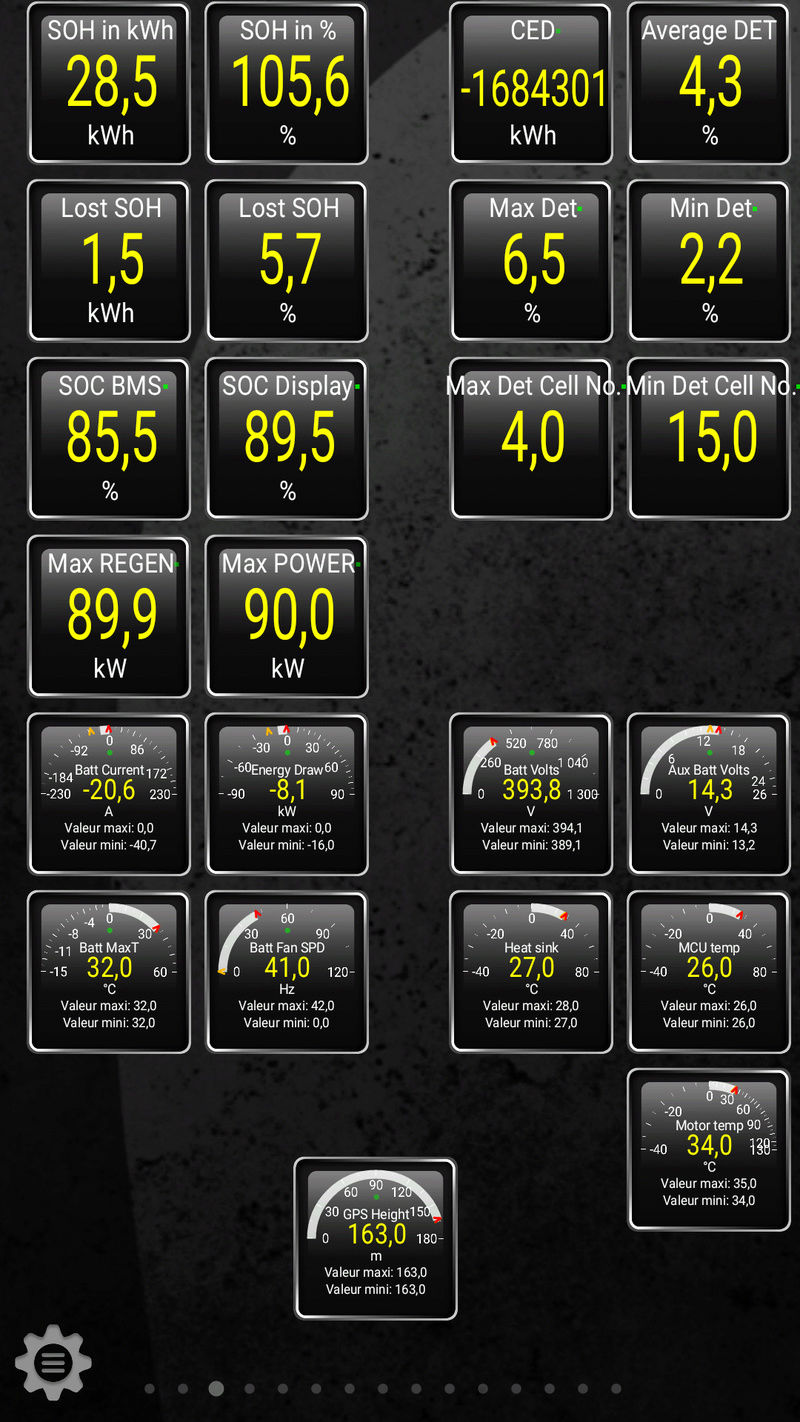
JejuSoul said:Could you ask him for more details about his driving, charging, and if possible the build date.
Elmil said:It would be interesting to see the values of the CAC and CAD counters (Cumulative Amperage) for these abnormal readings
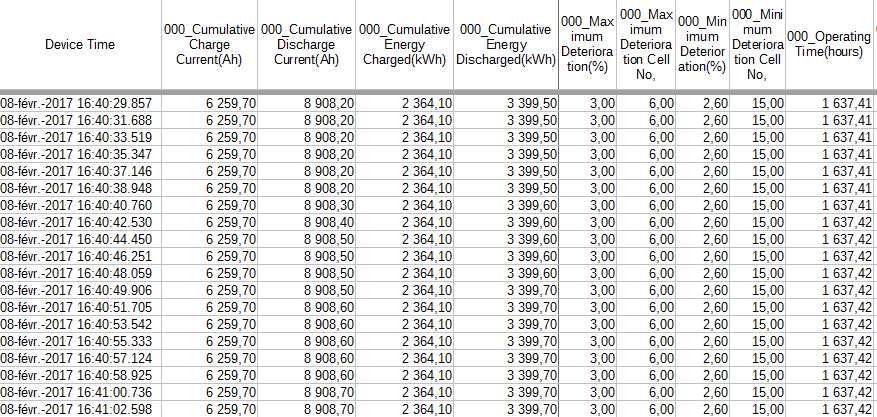

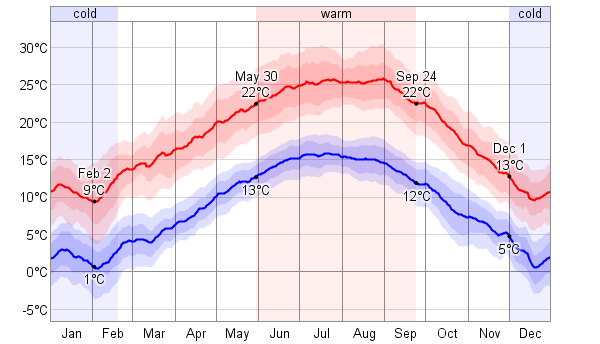
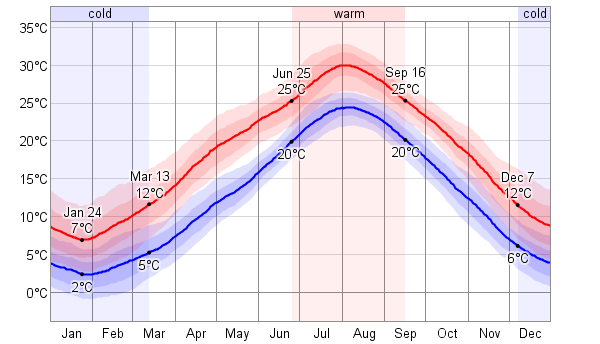
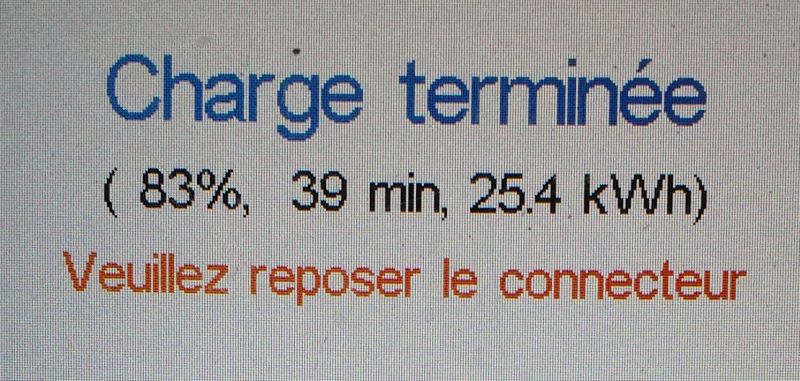

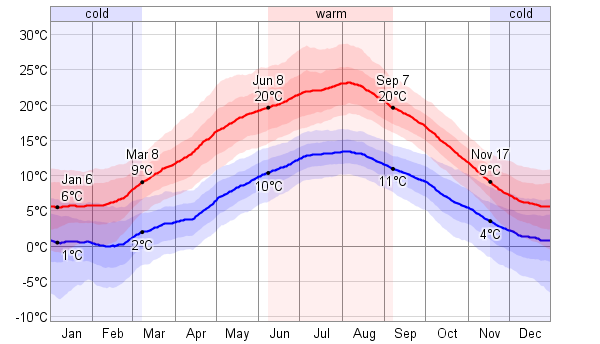
When I divide those numbers I see your average voltage as 357V from the numbers above, not 375V. All the cars are between 350 and 360.ZuinigeRijder said:I do not understand the relationship between the cumulative Ah and kWh. Because this would mean approx 375 Volt, whereas the screenshot shows 395 Volt.
Thanks for the link - that journal article is good. I will comment more about the theory later at the Battery University threadElmil said:It contains a nice diagram showing causes for battery ageing at anode and their effects:
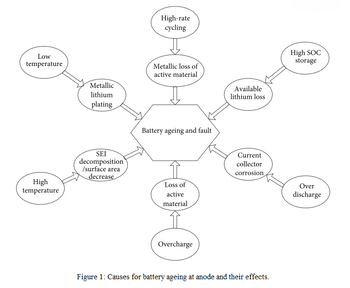
Do you have the matching min and max deterioration values for that SOH reading? The average of those should be about 15% if our idea about the buffer being 10% is correct.mtndrew1 said:The odometer reads roughly 37,000 miles / 59,545 km and my SOH is at 94.9%.
Enter your email address to join: